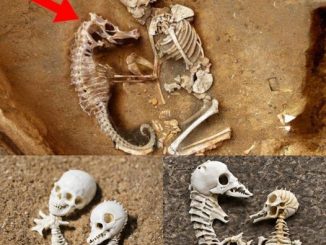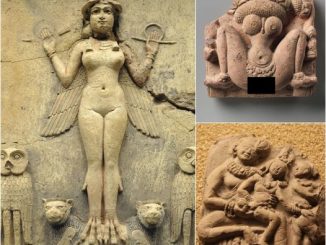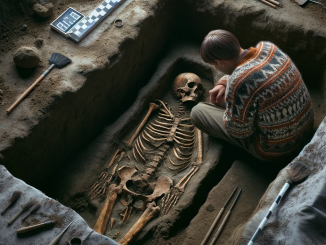Ancient Egypt, with its grandeur and enigmatic artifacts, continues to captivate the imagination of scholars and enthusiasts alike. Among the myriad treasures housed in the Egyptian Museum, Cairo, one particular artifact stands out—a representation of King Amenhotep II depicted as a young boy nursing beneath the cow-goddess Hathor. This intriguing depiction, dating back to the New Kingdom’s mid-18th Dynasty, during the reign of Thutmose III (c. 1479-1425 B.C.), has puzzled archaeologists and historians for decades. In this blog post, we embark on a journey to unravel the mysteries surrounding this enigmatic portrayal, delving into its historical context, symbolism, and significance.
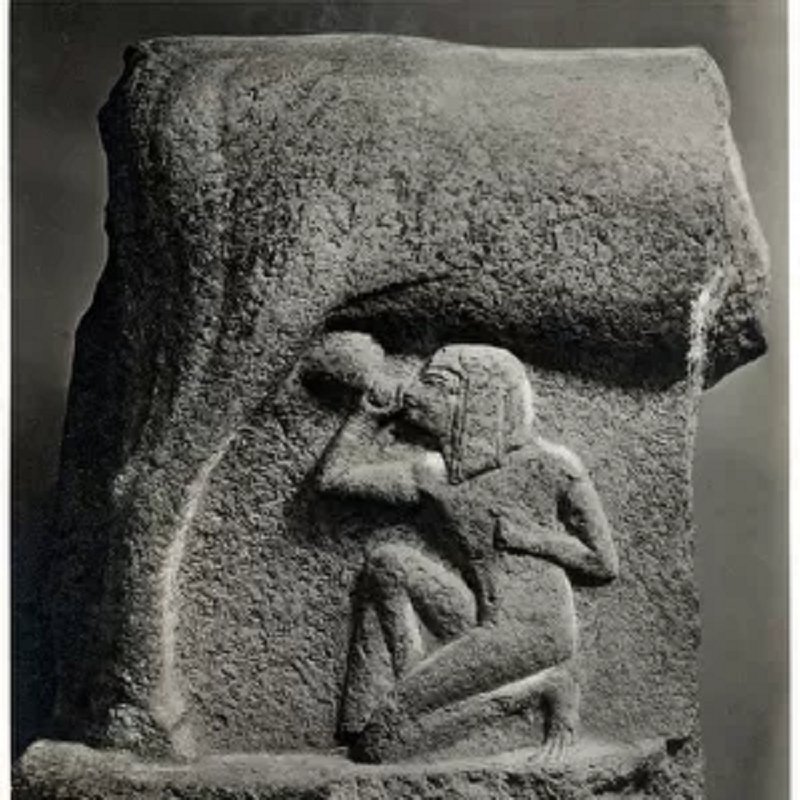
The Historical Context
To understand the significance of this depiction, it’s crucial to delve into the historical context of ancient Egypt during the reign of Thutmose III. Known for his military campaigns and territorial expansion, Thutmose III’s reign marked a period of great prosperity and cultural development. It was during this era that the cult of Hathor, the cow-goddess symbolizing fertility, motherhood, and nourishment, flourished.

Symbolism and Meaning
The portrayal of King Amenhotep II nursing beneath Hathor raises intriguing questions about its symbolism and meaning. On the surface, it appears to depict the king as a divine child, nurtured and protected by the benevolent goddess Hathor. This symbolism aligns with ancient Egyptian beliefs in divine kingship and the close association between pharaohs and deities. The image of a king suckling from a divine figure symbolizes his divine right to rule and his connection to the gods.
Furthermore, Hathor’s association with nourishment and fertility suggests a deeper metaphorical significance. It reflects the king’s role as the provider and sustainer of his people, responsible for ensuring their well-being and prosperity. The depiction may also convey a message of divine blessing and protection bestowed upon the king by Hathor, reinforcing his legitimacy and authority.
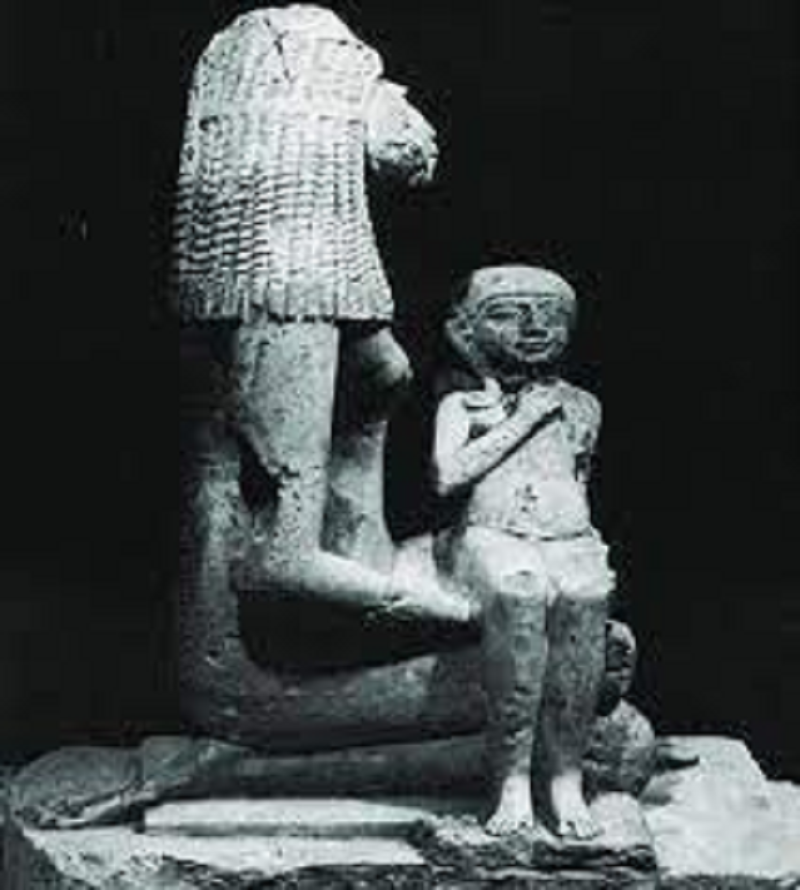
Interpretations and Theories
Despite its apparent symbolism, scholars have offered various interpretations and theories regarding this unique depiction. Some suggest that it could represent a ritualistic or symbolic act performed by the king to establish his divine legitimacy and reinforce his connection to Hathor. Others speculate that it might depict a historical event or ritual involving the king and the goddess, possibly linked to fertility rites or coronation ceremonies.
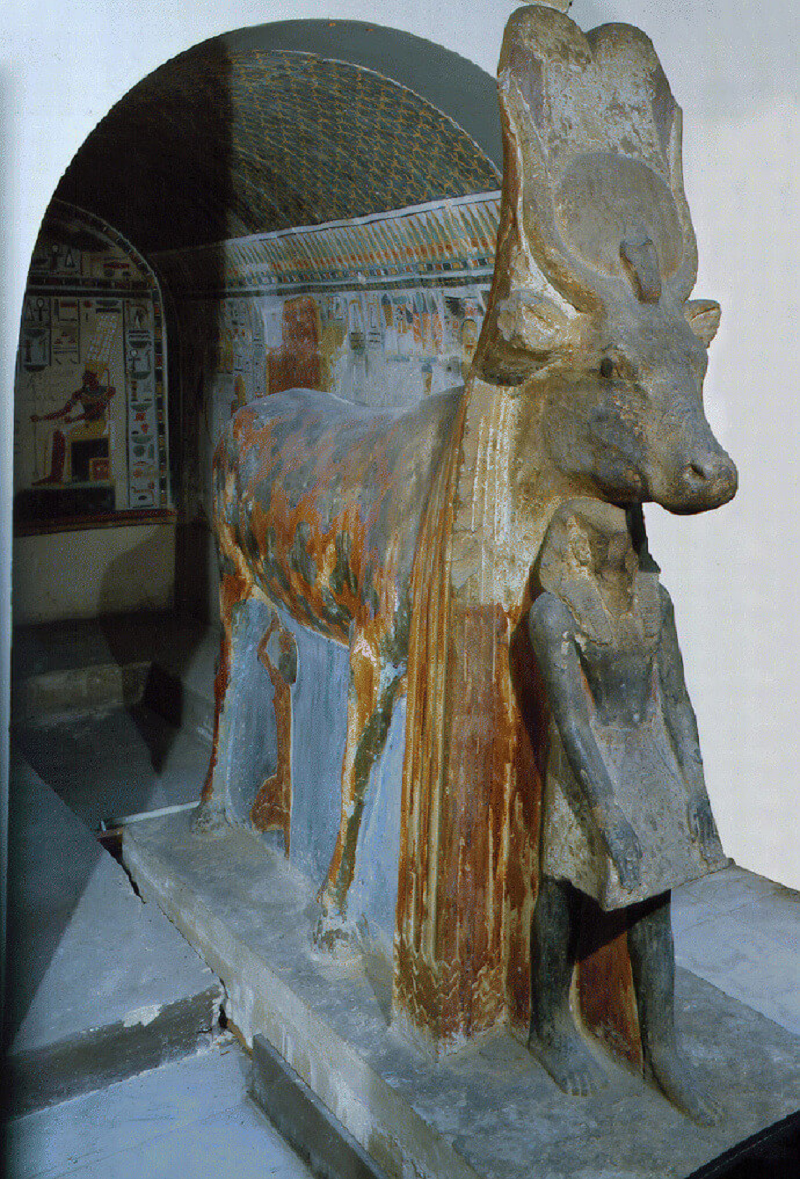
Moreover, the portrayal of Amenhotep II as a young boy raises questions about the age of the king at the time of the depiction. While it’s not uncommon for ancient Egyptian art to depict kings in idealized or symbolic forms, the portrayal of Amenhotep II as a child adds another layer of complexity to the interpretation. Some scholars argue that it could represent a metaphorical rebirth or rejuvenation of the king, emphasizing his eternal and divine nature.
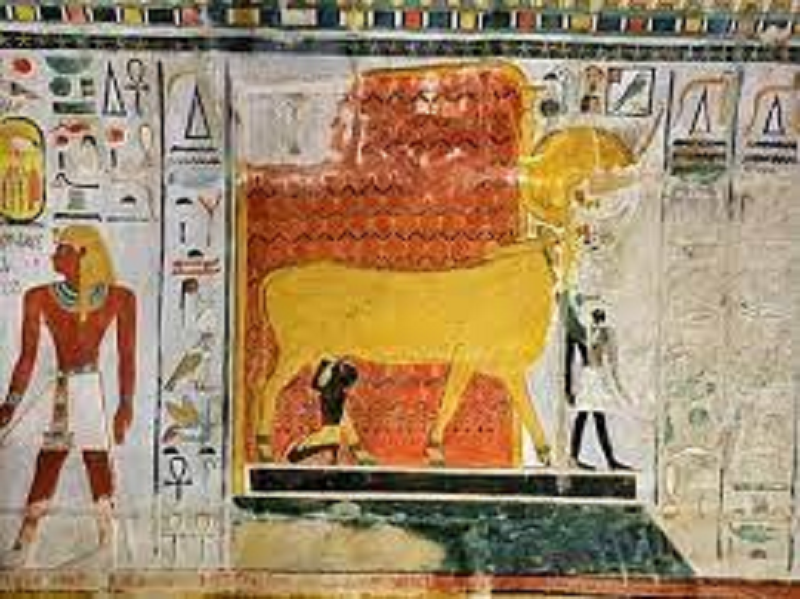
Significance and Legacy
The depiction of King Amenhotep II nursing beneath Hathor serves as a testament to the rich symbolism and religious beliefs of ancient Egypt. It offers a glimpse into the complex interplay between religion, politics, and royal ideology during the New Kingdom period. Furthermore, it highlights the enduring legacy of Hathor as a central figure in ancient Egyptian mythology and her role in shaping royal iconography and symbolism.
This enigmatic portrayal continues to fascinate archaeologists and historians, prompting ongoing research and debate into its meaning and significance. As we unravel the mysteries of ancient Egypt, artifacts like this one remind us of the profound cultural and spiritual beliefs that shaped the civilization of the Nile Valley.
Conclusion
In the labyrinthine halls of the Egyptian Museum, amidst the treasures of antiquity, the depiction of King Amenhotep II nursing beneath Hathor stands as a testament to the enduring mysteries of ancient Egypt. Through its rich symbolism and historical context, it offers a tantalizing glimpse into the complex religious and political landscape of the New Kingdom period. As we continue to explore the depths of Egypt’s past, artifacts like this one remind us of the timeless allure and enigmatic beauty of one of the world’s greatest civilizations.
